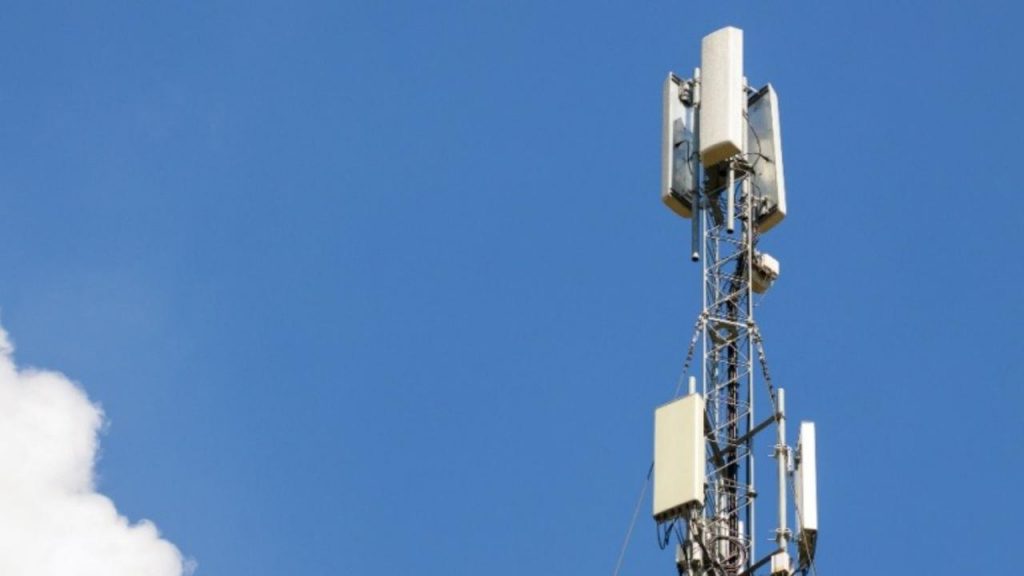- nitiative will support 5G deployment in remote villages and island regions
- Carriers will be reimbursed 100% of installation costs through subsidy programme
What happened: Government aims to eliminate mobile coverage blind spots
The Hong Kong government has launched a new subsidy scheme worth HK$200 million (approximately $25 million) to support the deployment of 5G infrastructure in rural areas. According to the Office of the Communications Authority (OFCA), the move is part of broader efforts to ensure universal mobile coverage and reduce the digital divide between urban and remote communities.
Under the scheme, telecommunications operators will be fully reimbursed for installation costs when deploying radio base stations in designated remote villages and islands. The government has identified over 70 remote villages that currently lack stable mobile coverage. A spokesperson from OFCA said that mobile carriers had already expressed interest in participating.
The programme mirrors a previous initiative in 2021, which focused on expanding fibre-based networks to unserved villages. That effort saw the completion of fibre installations in 85 villages by the end of 2023. While the fibre scheme targeted fixed broadband, the new initiative is designed to address the mobile infrastructure gap, especially for users dependent on cellular access.
Also read: Germany plans to exclude China from its 5G network
Also read: Nokia set to win 5G contract with Portugal’s MEO, replacing Huawei
Why is important
The $25 million 5G initiative is a significant step in tackling long-standing digital exclusion in Hong Kong’s rural zones. These areas have historically lagged behind urban centres in both broadband and mobile connectivity. This disparity affects access to essential services, digital education, and remote work.
While the move has been broadly welcomed, some critics argue that a subsidy alone may not be enough to ensure long-term service quality and infrastructure maintenance. Questions remain around the economic viability of operating base stations in low-population regions without ongoing support. There are also concerns about whether this rollout will truly address all coverage blind spots or simply check boxes on a public agenda.
Moreover, the government’s 5G effort occurs amid broader global discussions on rural connectivity and how nations can ensure inclusive digital development. As pressure mounts to close digital gaps, Hong Kong’s rural strategy could offer insights—or cautionary lessons—for other regions facing similar infrastructure dilemmas.

